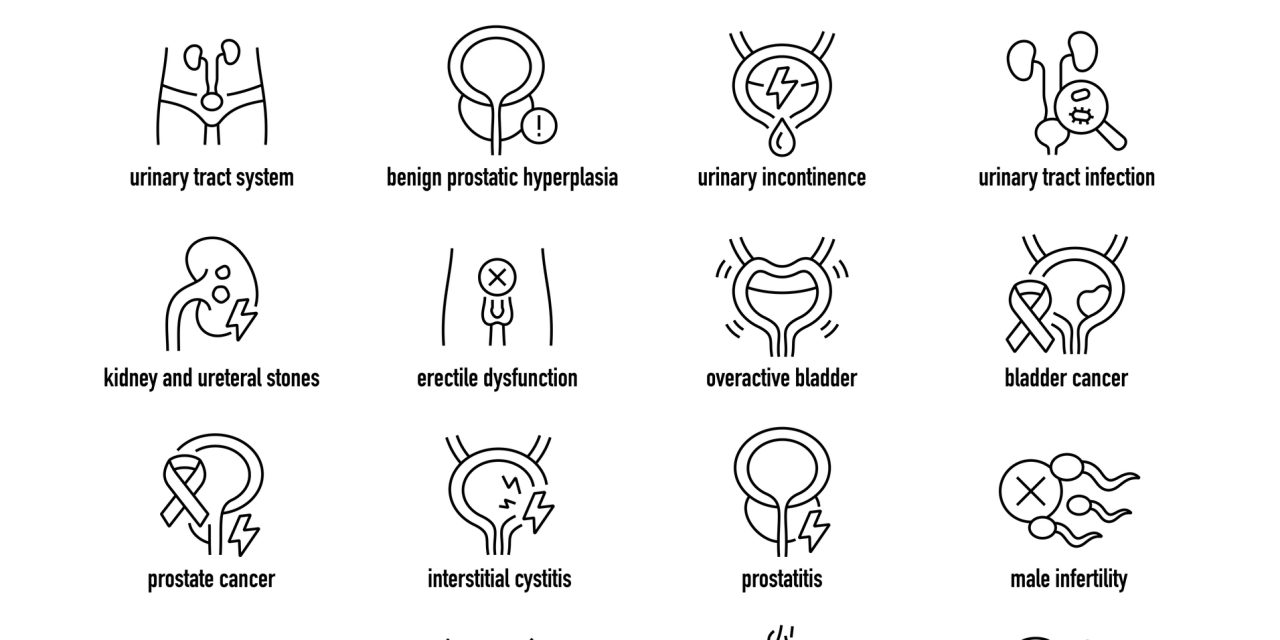Ureteroscopy is the pillar of treatment for urinary stones in the upper urinary plot. Albeit the utilization of laser innovation in urology was first archived by Parsons and associates in 1966, it was not until later many years that laser lithotripsy has gotten the norm for ureteroscopic the board of urinary lot stones.1,2
During adaptable ureteroscopy, conveyance strands might be dependent upon different sharp twists relying upon stone area. Following from the standards of fiber optics, a speculation exists that there is an important distinction in laser power yield during upper and lower post ureteroscopy because of the adjustments in fiber situating and twisting. However, there is little writing segregating the issue of mechanical bowing, and none which sufficiently investigates this inquiry as it identifies with holmium lasers. In the event that a significant change in force yield in various twisting positions were to exist, it would influence the act of endourology by expecting specialists to consolidate that component into careful arranging, particularly as for careful methodology and laser-terminating boundaries. It would likewise lead conveyance fiber producers to seek after novel methods of decreasing these misfortunes under clinical conditions. Given this conceivably critical effect on urological practice, we looked to assess whether there was a quantifiable lessening in the force yield of an ordinarily utilized holmium laser under an assortment of bowing conditions.
Reference link- https://www.liebertpub.com/doi/10.1089/end.2019.0814


